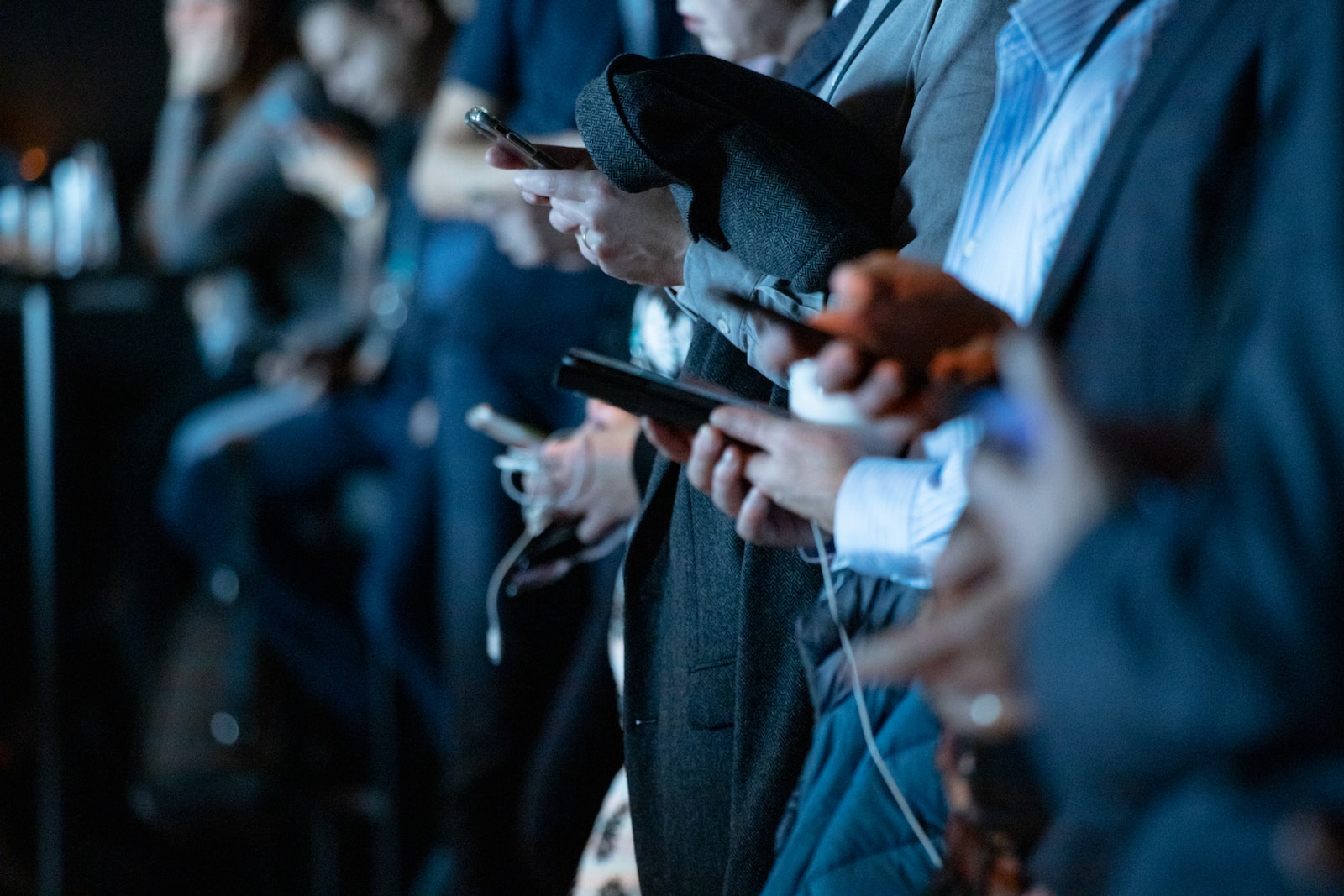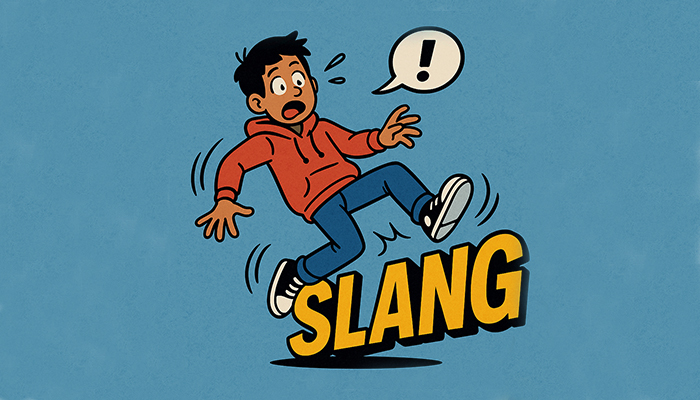Five Social Media Translation Mistakes That Will Convince You To Use A Professional

Social media is incredibly important to every business. According to research by social media management platform Hootsuite, almost three quarters of marketers rate ‘increased acquisition of new customers’ as their top outcome for social media in 2021. Getting your social messaging wrong can have a very negative effect on your brand, but it’s easily done, especially if you have a global, multilingual audience.
Here are five social media translation mistakes that will convince you to ditch Google Translate and use a professional instead.
Don’t Rely on Machine Translation
Machine translation can be useful for all sorts of purposes, but you shouldn’t rely on it to get your social media posts correct.
A good example of how it can mangle a message comes from a Canadian wireless and internet provider called TELUS. One of the company’s Twitter accounts published several badly translated tweets, including a motivational one that in English read as ‘Take a deep breath, ground yourself. Go kill it’. When translated to French it comes across as somewhat more sinister, as well as nonsensical: ‘Take a deep breath, crush yourself. Go kill him’. Suffice to say, relying on machine translation can sometimes leave your messaging looking foolish, confused, terrifying or just plain insulting.
Always Localise Your Content
One of the worst translation errors you can make is not being culturally aware on behalf of your target audience. The process of being sensitive to specific cultural sensitivities is called localisation, which is something that Google Translate definitely cannot do.
One great (or bad, depending on what way you’re looking at it) example of this is when the American Motor Company (AMC) tried to launch their new model of car, called the Matador, in Puerto Rico. AMC believed that the name was instilling an impression of strength and bravery, without knowing that the word translates in Spanish as ‘killer’. Given that Puerto Rico has a problem with dangerous roads and the resulting accidents, this wasn’t the most reassuring name for would-be customers.
Remember to Translate Images too
Localisation isn’t just about text, but design and images too. Even if the writing on your content has been perfectly translated and localised, it can still go wrong if it’s paired with non-localised images.
For example, say you were using a lot of green in the design or images of a website. In western cultures this signifies things like freshness, health and environmental sustainability, whereas in South America it represents death. Symbols are also important: the ‘thumbs up’ sign is a positive symbol in many countries, but in others it’s as offensive as the middle finger. Getting these things correct before they go on your social media channels is vital.
Be Careful of Social Media Sites With Auto-Translate
Even if you’re avoiding using Google Translate, some social media sites automatically translate your content without you asking it to, which can lead to trouble.
A Facebook post on the page of the Thai Public Service Broadcasting Service about a candle-lighting ceremony for the king’s birthday was auto-translated from English to Thai. The result was so offensive to the Thai monarchy that Facebook Thailand removed its auto-translate function and issued a ‘profound apology’ to the Thai people. Thailand has very strict laws around committing an offence against a reigning sovereign, which the translation of the original, innocuous message fell foul of.
If you are translating social media posts, it’s vital they are done by an expert so this kind of offence can be avoided.
Avoid Directly Translating Hashtags
Hashtags are an important part of Instagram and Twitter, though they tend to feature less on Facebook. They allow people to find posts with similar content shared by other users and can be made up of one or multiple words.
Hashtags can be tricky when translating social media content due to issues with syntax that means they cannot be incorporated into a sentence and instead need to be placed at the end. This may render a message that makes perfect sense in one language unusable in another. It may also be the case that a direct translation of a word in a hashtag doesn’t work in the content of the new language. Hashtags are all about thoughts and feelings and are likely to come up against cultural sensitivities, so they should be properly localised by a translation expert to ensure they are appropriate for your target audience.
Conclusion
Social media marketing in another language poses quite a few challenges. It’s easy to make mistakes which could put people off your company or brand by making it clear that you haven’t bothered to tailor your message for their specific culture and market. Relying on machine translation won’t help, as your social media messaging won’t be localised and could end up causing offence.
Though using an expert translation agency may cost more in the short term, you will get a huge return on your investment through having professional and perfectly translated social media marketing that will attract new customers the whole world over.






